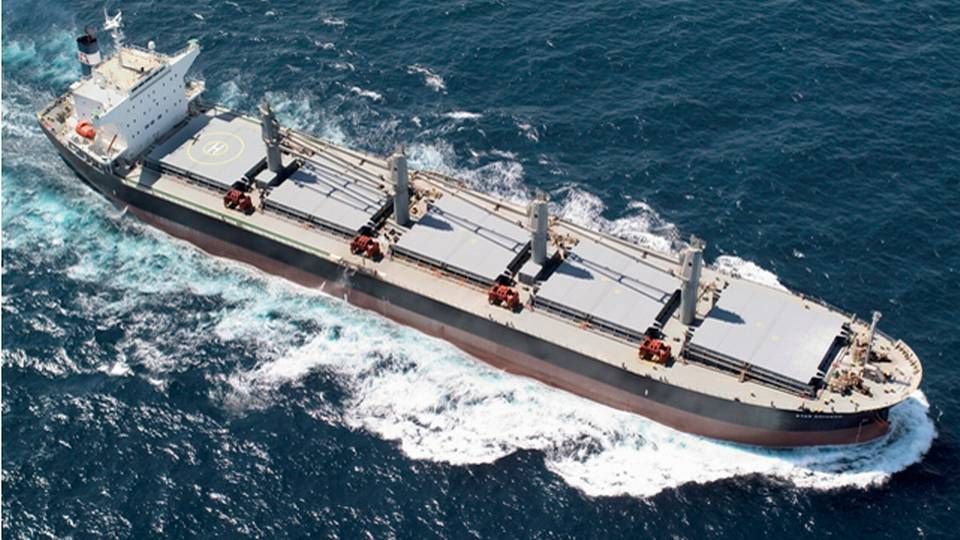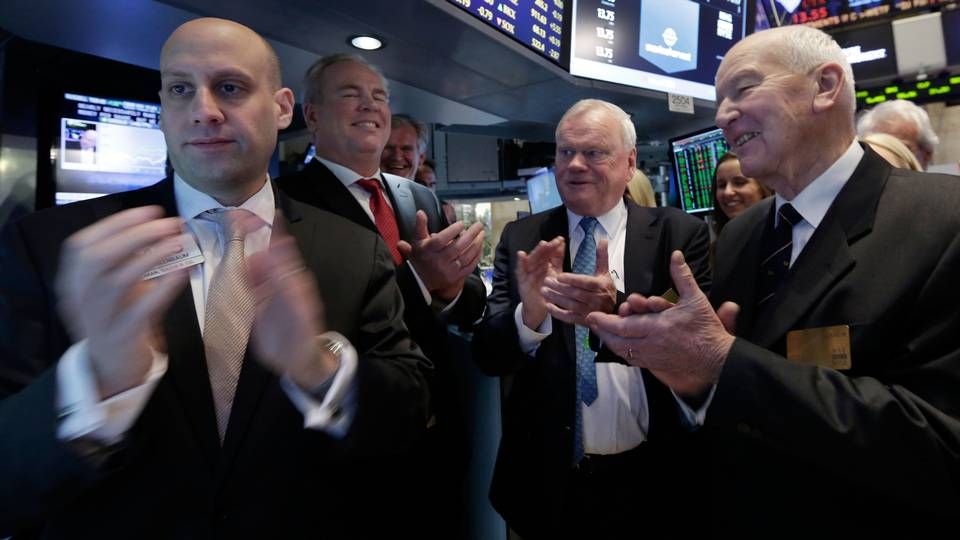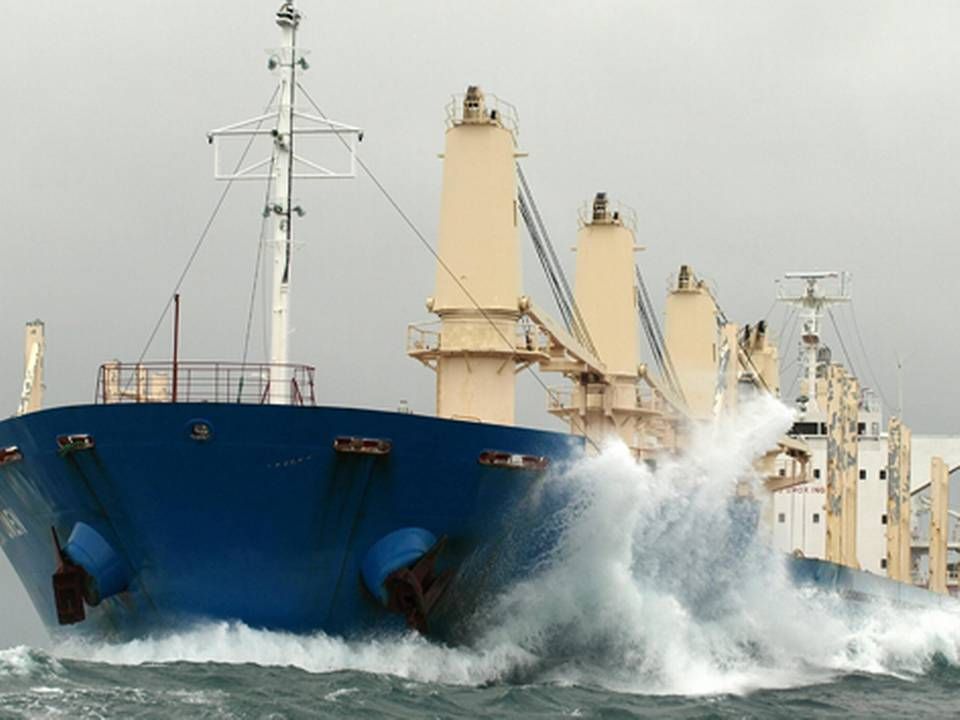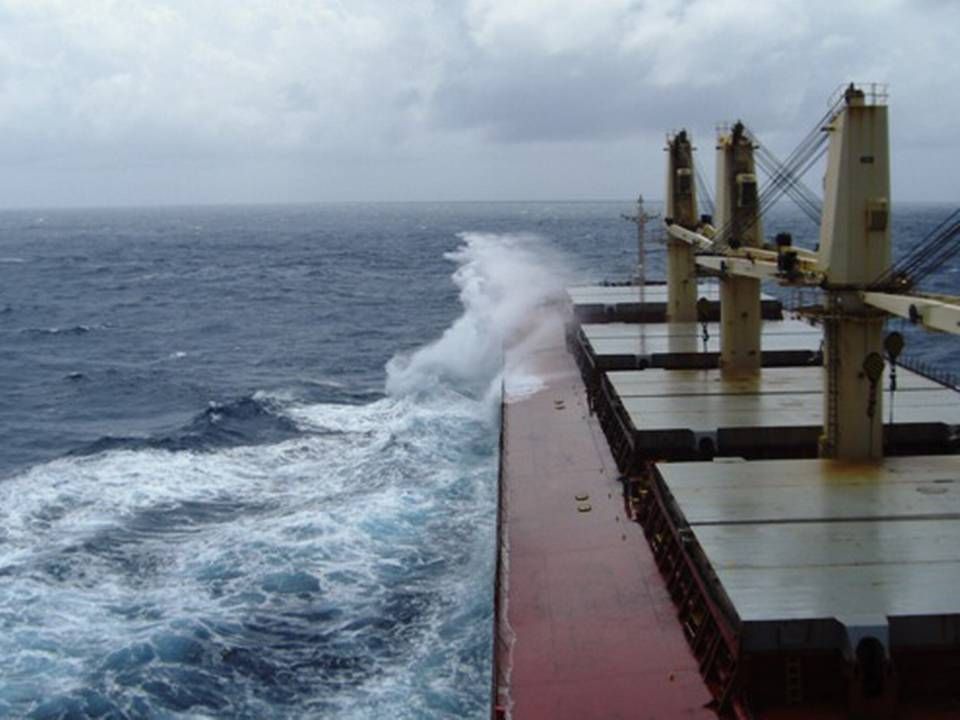Capital-strong shipowners buying bulkers at rock bottom prices

In recent months, many of the dry bulk industry's largest vessels, the Capesize, have come under new ownership. Dry bulk companies such as Star Bulk Carriers and Scorpio Bulkers are among some of the sellers, while Denmark's Norden recently exited the segment for good with the sale of the carrier's last Capesize, Nord-Energy. All these deals have one thing in common - the ships were sold at massive losses. In other words: the ships are shifting hands at discount prices.
Meanwhile several prominent figures in the shipping industry have been tied to the recent transactions. The names include Greek John Angelicoussis, Norwegian-Cypriot John Fredriksen and Israeli Idan Ofer, or the three sharks, as one source calls them in comments to ShippingWatch. Put in a different way, people notice when heavy weight shipping tycoons pull out their wallets. But what is making them target Capesize right now?
According to Deutsche Bank analyst Amit Mehrotra, investing in Capesize is interesting right now, he tells ShippingWatch and adds that he has no direct knowledge about who the buyers are. But the existing age profile of the Capesize fleet, and the volatility in rates for the vessels which have taken the biggest dive ever, make the ships an exciting investment, if one believes that the rates have reached rock bottom and there will be a recovery in the next two years, he says:
"For example, there are over 240 dry bulk ships over 100k DWT that are 15yrs of age or older. This equates to 47M on a dwt basis, which is over 15 percent of the 100k+ dwt fleet. So you would expect to see disproportionate scrapping in this vessel category and indeed this is what is happening. Last year approximately 3.5 percent of the entire dry bulk fleet was scrapped, but 5 percent of the Capesize fleet was scrapped," he notes in an e-mail to ShippingWatch.
The players with the deep pockets
Although Amit Mehrotra has no direct knowledge about the buyers, he explains that it makes good sense if the buyers are "very experienced in the shipping industry". This is definitely a fitting description of the three aforementioned figures, including Greek shipowner and Capesize specialist John Angelicoussis, who controls perhaps the largest Greek-flagged fleet and is among the world's biggest private operators through Angelicoussis Shipping Group and the companies Anangel Maritime Services, Maran Tankers Management and Maran Gas Maritime.
Scorpio Bulkers speaks openly of risk of shutdown
Norwegian John Fredriksen has for decades spread himself throughout virtually every part of the shipping sector and, according to Tradewinds, he is behind several of the purchases of Capesize ships from Scorpio Bulkers, which recently spoke openly about the risk of the dry bulk company not surviving the current crisis.

John Fredriksen (photo) controls a solid fleet of Capesize vessels through dry bulk carrier Golden Ocean, which also has a solid orderbook where some vessels will presumably be postponed a little. Fredriksen's recent purchases, according to ShippingWatch's sources, will not be placed in the Golden Ocean fleet. Most dry bulk carriers do not have a positive cash flow and so the buyers are currently using mainly private equity to snatch the ships off the market, some market sources assess.
Meanwhile, Capesize is the most volatile market in dry bulk. This makes it the market with the most potential when the circumstances change at some point and the market recovers, sources say. Another taker of the Capesize ships is Idan Ofer, who with his brother Eyal Ofer is a descendant of Israeli shipping mogul Sammy Ofer. According to Forbes, Sammy Ofer was the richest man in Israel at one point. With his shipping company, Eastern Pacific Shipping, Idan Ofer is mentioned as the buyer of a vessel from Greek Star Bulk. Eastern Pacific Shipping currently has a fleet of 11 Capesize vessels and is also involved in Panamax, Supramax and Handysize.
"These assets are currently burning cash on a daily basis, so it's important for the buyer to have plenty of equity, long term investment horizon and good perspective of how shipping cycles evolve," says Amit Mehrotra of Deutsche Bank.
Sellers of large bulk vessels under severe pressure
"The aforementioned buyers are smart and savvy. They have the benefit of perspective and luxury of patience. They know the dry bulk market cannot remain uneconomical forever, and so they are willing the burn some cash while they wait for a recovery," he says referring to a quote from US investor and business man Warren Buffet:
"Be fearful when others are greedy and greedy when others are fearful."
Further decline likely
According to Amit Mehrotra, the current buyers of Capesize are working with this philosophy in mind, and this is the correct way to view the dry bulk market, he believes.
At the end of 2015 dry bulk asset values plunged by 25 percent, which is also a driving force behind the many sales. Asset values are under extreme pressure from the historically low freight rates. This can cause banks to put even more pressure on the dry bulk carriers, which have modern fleets and a relatively high level of mortgage loans. In recent months, sales have taken place with pressure from the banks and, according to sources, the bank pressure will increase this year and probably lead to a growing supply of ships and yet another plunge in fleet prices. A development which resulted in Norden downgrading its dry bulk fleet in 2015 by USD 180 million in an environment with room for further decline. Asset prices could quickly go back up again, though:
"But as we have seen so many times before, as soon as the market shows positive signs, the prices will rise quickly, as the buyers on standby will seize the opportunity, out of the fear of buying at higher prices than necessary," one market source tells ShippingWatch.
On Monday, the spot rate for a Capesize stood at about USD 3,200 a day.
Norden: We are doing better than many of our peers
Dry bulk asset values plunged in late 2015
Related articles
Norden: We are doing better than many of our peers
For subscribers
Dry bulk asset values plunged in late 2015
For subscribers
Star Bulk Carriers sheds newbuildings in new fire sale
For subscribers





















